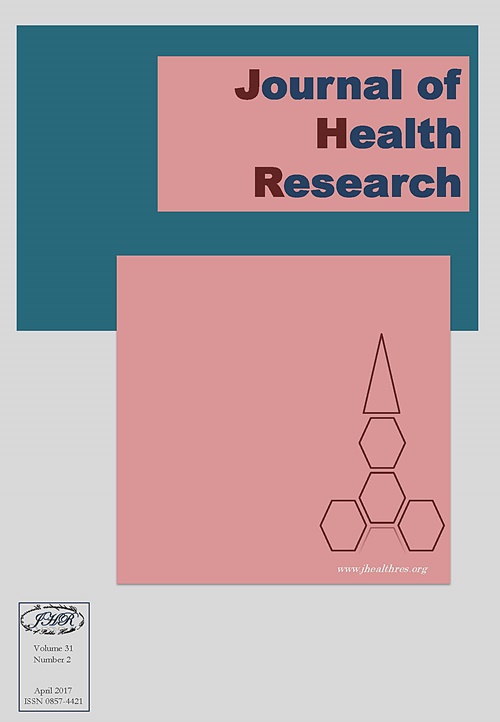Experiences of Caregivers Having Children with Craniosynostosis Using Distractor Devices
Keywords:
Experience, Caregivers, Children with craniosynostosis, Distractor deviceAbstract
Background: Craniosynostosis affects the growth of the brain. Since the treatment is surgery by inserting distractor devices to reduce pressure in the skull and correct misshapen skull, the children after surgery for craniosynostosis using distractor devices have limitation in taking care of themselves and are easily exposed to injuries. Therefore, the abilities of caregivers at home are very critical and important to the treatment outcomes.
Method: A phenomenological study was undertaken with14 primary caregivers of children with craniosynostosis aged 6 months to 3 years in regard to their caring experiences after post-operative reconstruction until removal of the distractor devices. Data were collected by using the in-depth interview recorded on a tape recorder. The data were transcribed verbatim and then analyzed using Colaizzi’s method.
Results: A thematic content analysis of the interview data revealed five major themes of caregivers’ experiences. Those were as follows: 1) learning and following the hospital advice, 2) facing difficulties when returning home, 3) challenging in taking care of the moving child, 4) having mixed feelings and 5) having support and help from others and build-up of inner strength.
Conclusion: Findings suggest that advice and support from health personnel, and help from all involved in care, are essential to caregivers’ caring ability and psychological adjustment. The results have implications for the provision of guidance to improve craniosynostosis-related home care.







